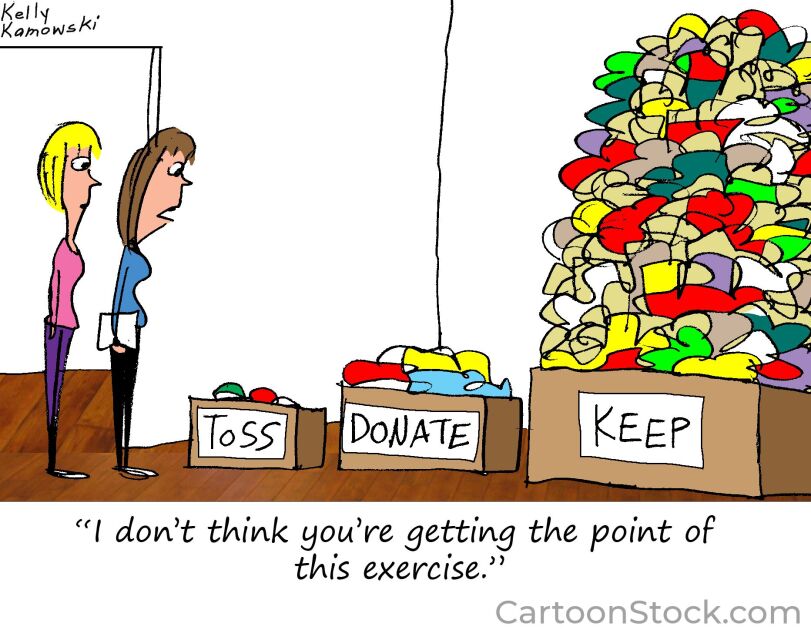Mark Twain wrote to a reporter who was checking on whether the great author was still among the living: “The report of my death was an exaggeration.” That same thing can be said about the death of gifted education.
Yes, education targeting those with extraordinary ability is being challenged, but that’s neither new nor insurmountable.
Critics have been portraying gifted education as an artifact of an era we want to leave behind, alleging that it serves privileged white kids while neglecting Black and brown kids en masse. These opponents of gifted programs have the statistics to prove it, as kids of color and those from schools receiving federal compensatory funds or who are entitled to federally subsidized lunch show up far less frequently on gifted education rosters than do white, wealthier kids.
The critics are right that this is unacceptable and a reality we can no longer ignore. But the unfortunate response to the inequity is often to recommend that gifted programs be eliminated. In just the past two years, the school districts of Boston, New York City, Seattle, and Anchorage, Alaska, among others, have tried to scuttle existing gifted programs. Those efforts, though, have been rebuffed by parents and educators championing the benefits of gifted education.
In their ill-conceived attempts to dismantle gifted programs, school leaders forget one thing: Gifted kids—Black, brown, white, rich, poor—continue to exist, and by advocating for the elimination of programs and services that could help them, leaders are throwing out the proverbial baby with the bath water.
As someone who has been involved in gifted education programs as a teacher, counselor, professor, and dad for more than 40 years, I can assure you that the problems with identifying gifted kids in underrepresented populations are not being faced for the first time. Since my long-ago days as a graduate student, educators have fretted about ability and achievement tests, which tend to favor kids whose vocabularies are large and whose backyards are spacious. Teacher recommendations via checklists of gifted characteristics were once seen as a possible avenue of a more informal and fairer identification practice, but since research showed that teachers tended to identify characteristics in kids that resemble traits they themselves possess, the inherent bias of these assessments made them suspect. Another approach entailed lowering test-score minimums. Critics countered that the new cutoffs led to artificially designating some kids as gifted just so diversity could be served.
There are methods that school districts can use that make identification better and fairer.
Given these long-standing problems with identification, why not take the easy way out and eliminate gifted programs entirely or simply state that “everyone is gifted in some way” and apply gifted education strategies in every classroom? Here’s the reason that would be detrimental: It disregards the very real intellectual differences that exist within any student population. Just as we have students who require unique educational attention because of their disabilities, we have others whose abilities and achievements far outpace those of their peers. This does not make them “better” in terms of their worth to society. It simply acknowledges the obvious: Kids come to school with a cornucopia of needs, and these needs require diverse approaches from schools, including services provided by gifted programs.
You’d be hard-pressed to find a gifted education specialist nowadays who is not concerned about the lack of student diversity in today’s gifted programs. You’d also be hard-pressed to find a consensus among those professionals about methods of identifying giftedness that safeguards the rights of children whose heightened abilities deserve to be acknowledged and measured.
Still, there are methods that school districts can use that make identification better and fairer, including these:
- Apply local norms, rather than national ones when considering identification standards within a school or district. It only makes sense to measure the extent of a child’s abilities in comparison to others with whom they are attending school, not some national standard that may or may not have any connection to a particular locale.
- Use community members who know children outside of school and can assess their heightened abilities from a different perspective. In some cultures, cooperation and teamwork are more valued than individual efforts on standardized tests. Too, some “street smart” methods of problem-solving can offer insights into a child’s imagination and intellect in ways that achievement tests don’t measure. Who better to assess these strengths than community members who interact with the children regularly?
- Observe children who excel in classroom activities that focus on creative and critical thinking and document their prowess. Consider this scenario: A gifted education specialist teaches young children a lesson that requires logic or innovative thinking while the classroom teacher observes and documents how individual children respond. This unique collaboration has been put to use in grades K-4 in Virginia’s Loudoun County schools with great success. Data collected over time show which individual students shine when it comes to advanced and creative thinking.
Many of these approaches will require school leaders to focus less on quantifiable measures like achievement tests and put more emphasis on observations from knowledgeable educators. This is a small price to pay in our efforts to find gifts and talents in populations not served well by standard assessment tools.
Just as Mark Twain reminded us, death is not always the reality it seems. The demise of gifted education programs will likely be forestalled by advocates like me who see the benefit of finding and cultivating extraordinary talents in children of all backgrounds. Sure, we have miles to go before we find full equity in our identification procedures, but giving up on gifted education is not the answer.









